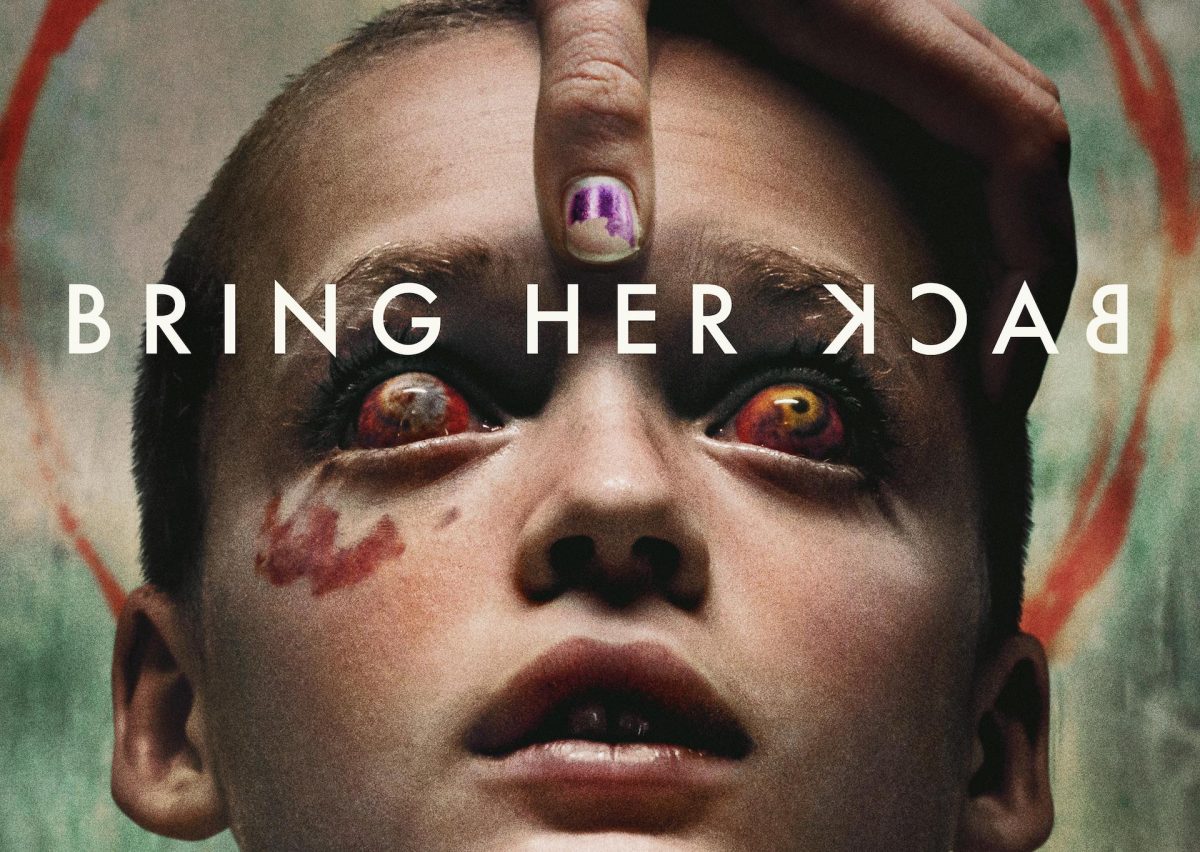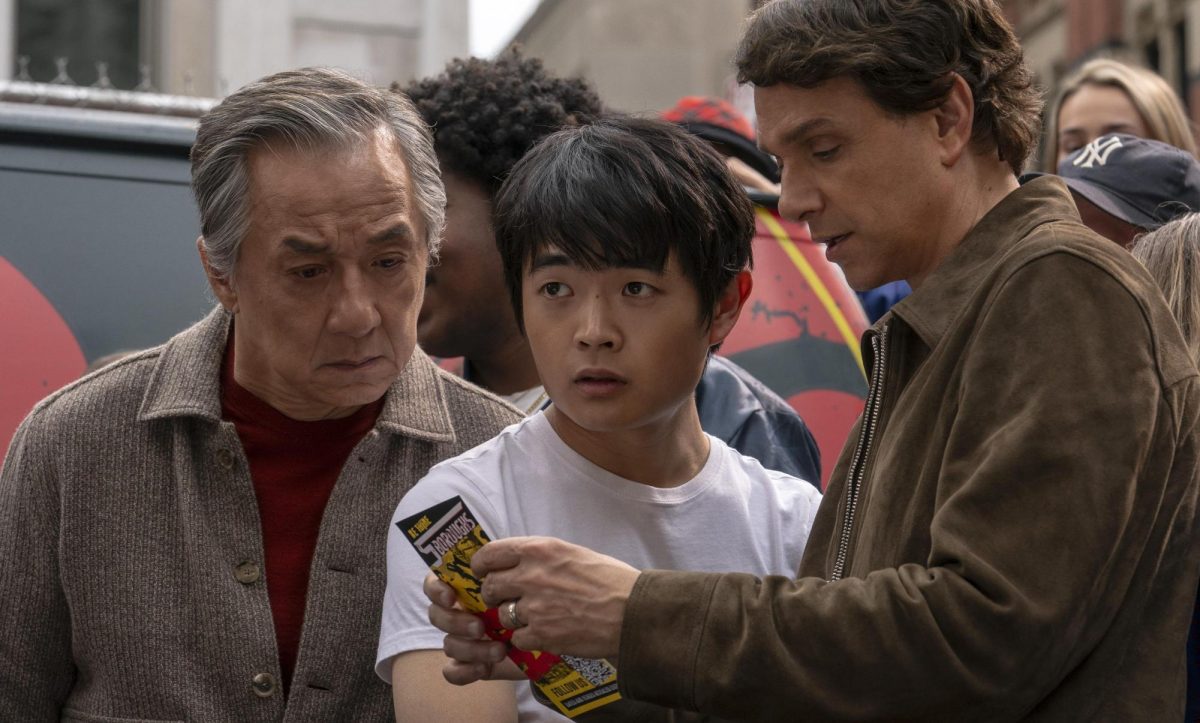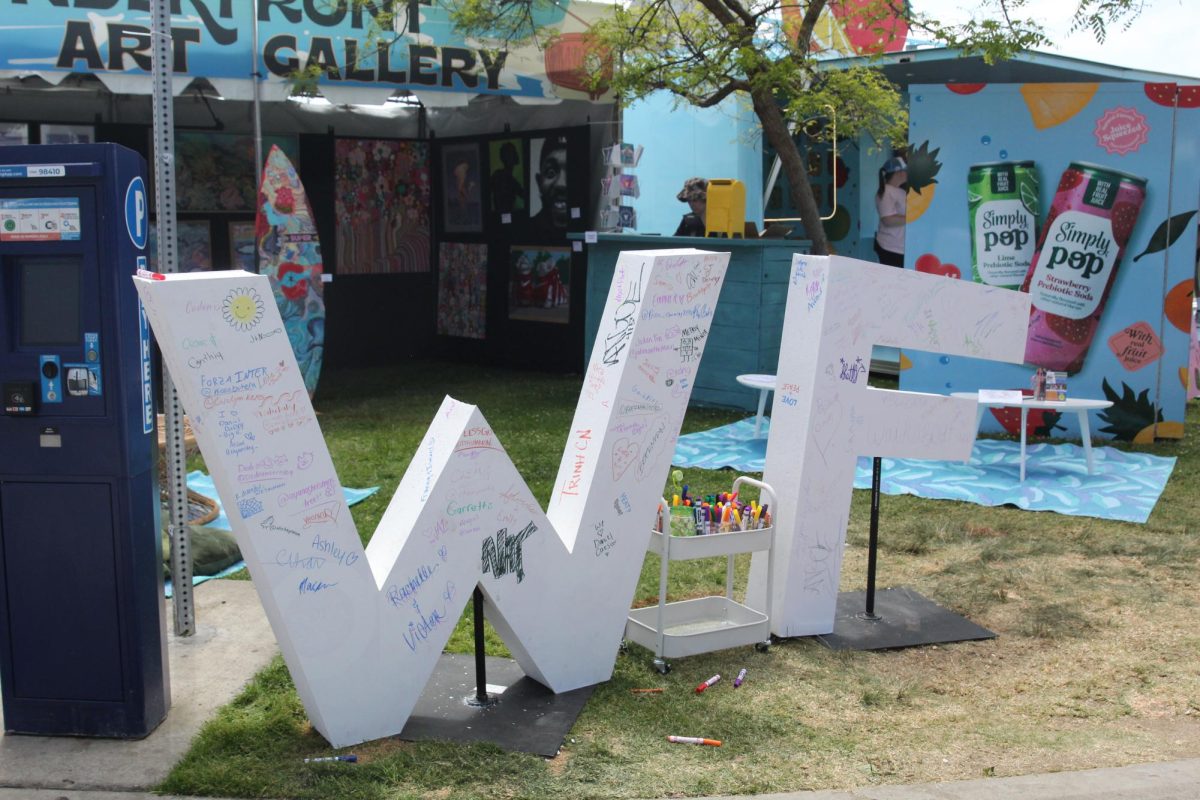The topic of mental health is no stranger to the culture we live in now. The struggles one faces permeates conversations as more studies come out about the increasing number of young adults who report fair or poor states of mental health.
Adding to that conversation, singer, philanthropist and former Disney star Selena Gomez opens up about her struggles with bipolar disorder and lupus alongside balancing the demands of stardom in her new documentary “My Mind & Me” which released on Nov. 4.
Just from the title alone brings forth a common thread that bonds Millennials and Generation Z’ers, seeing that they’re both generations taking action to normalize discussions on mental well-being and destigmatize seeking help.
Starting her career in show business at the age of seven in 2002, many grew up watching or listening to Gomez as she climbed her way from being a Barney kid to Disney sensation, to now an artist trying to use her platform as a symbol of activism.
Spanning six years of her life, the documentary is somewhat a shock since Gomez’s private battles were kept under the radar as she’s seen in the film vaguely mentioning she was going through “personal problems” during promotional interviews for her album “Rare.”
Watching the documentary, one can’t help but sit in awe; awe of Gomez’s courage to be so exposed on camera, especially with the director and producer Alek Keshishian using the cinéma vérité method of filmmaking where the cameras are always rolling.
From hours of footage, Keshishian eloquently pieced together a celebrity’s mental breakdown — something that is sadly not uncommon in Hollywood — and intertwined it with a powerful message that prompts much needed conversations.
At one point in the documentary the viewer is hit with a sense of familiarity, not to their beloved childhood star or favorite musical artist, but to another human being as we listen to the distressed thoughts and feelings Gomez had during this period in her life.
There are many things Gomez thought contributed to her psychotic break including the pressure to evolve her artistic voice as her fanbase aged, the desire to shed the “Disney polish” and the tireless effort to dissociate from her “haunting” past — all this on top of dealing with a lifelong illness.
However, it wasn’t until Gomez was admitted to a mental institution that she pieced everything together and came face-to-face with the truth of psychosis, bi-polar disorder and mania – all of which motivated her to speak candidly about her mental health in hopes to give others a way to connect.
The documentary didn’t feel as if it was another highlight reel of a successful entertainer, instead, it was clear that the message of bringing awareness to the nuances of mental health was the real star. In other words, if Gomez’s narrative was removed from the documentary, the message still stands brilliantly by itself.
In an exclusive interview with Apple TV, Gomez said the documentary was going to show “the good, the bad, the ugly and the real.” And she was right. Her unfiltered and intimate moments of brokenness made this documentary a place where others can feel seen and heard, where others can say “I’m not alone.”
That, in itself, is why this documentary is invaluable and deserves all the praise.









